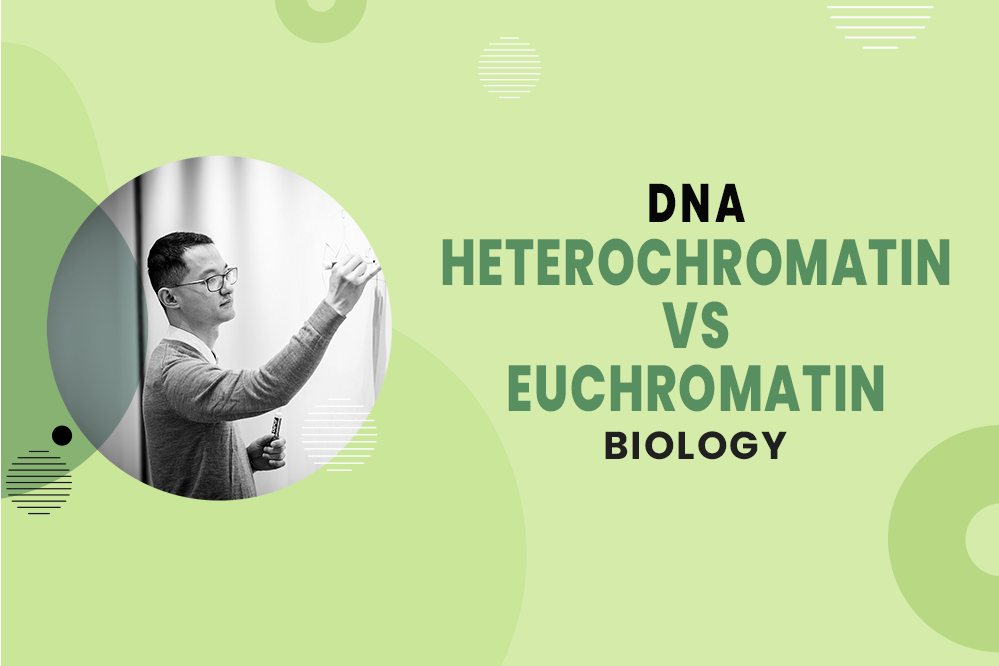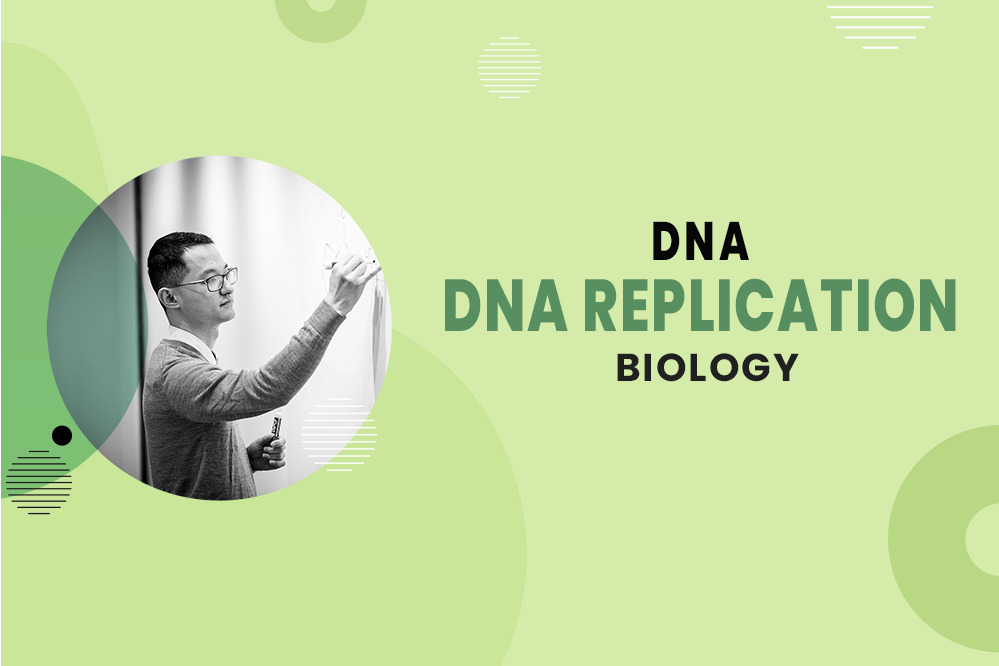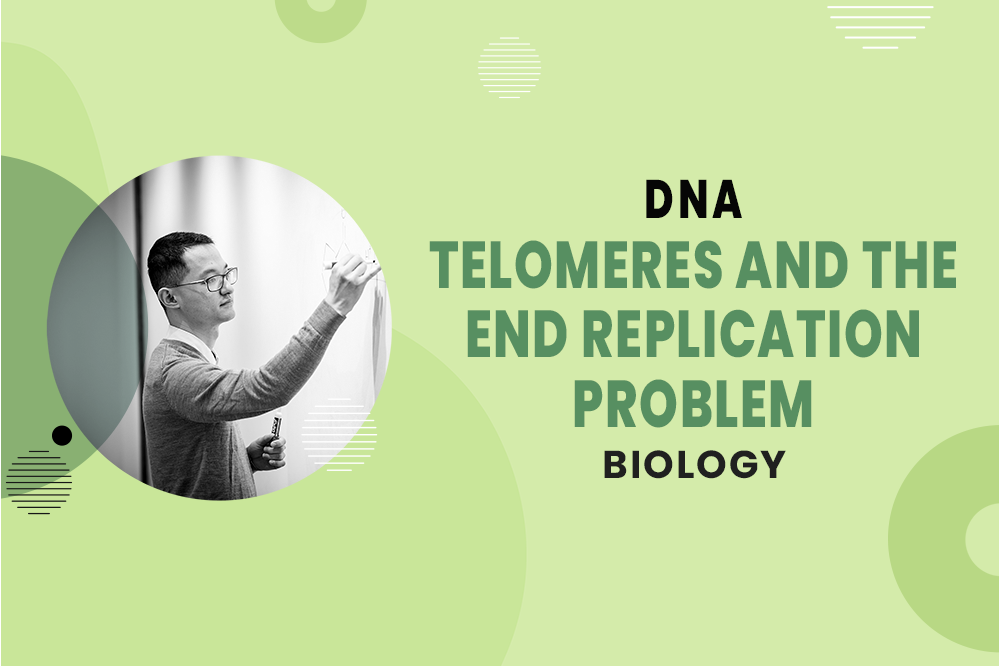a) DNA polymerase
b) Helicase
c) DNA Ligase
d) Topoisomerase
Get 1-on-1 MCAT Tutoring From a Specialist
With MCAT tutoring from MedSchoolCoach, we are committed to help you prepare, excel, and optimize your ideal score on the MCAT exam.
For each student we work with, we learn about their learning style, content knowledge, and goals. We match them with the most suitable tutor and conduct online sessions that make them feel as if they are in the classroom. Each session is recorded, plus with access to whiteboard notes. We focus on high-yield topics if you're pressed for time. If you have more time or high-score goals, we meticulously cover the entire MCAT syllabus.
Chromosomes Intro
Chromosomes are long strands of DNA molecules that contain the genetic information of an organism. Compared to prokaryotic chromosomes, eukaryotic chromosomes are larger and linear, rather than circular in shape. Moreover, they are located within the nucleus of the cell. There are many important proteins involved in eukaryotic chromosomal structure, but one main type to know for the MCAT exam are histones.
Histone Proteins
In eukaryotic chromosomes, histone proteins help to package and organize DNA. Figure 1 shows how histone proteins function. DNA wraps around histone proteins to form structures called nucleosomes. The binding interaction between histone proteins and DNA is an attractive electrostatic interaction, meaning it is between positive charges and negative charges. Recall that DNA has a sugar-phosphate backbone, which gives it a negative charge. Having a negative charge means that histone proteins, around which DNA wraps, have to have a positive charge. Histone proteins contain a large proportion of basic amino acids, meaning that they are positively charged at physiological pH.

Chromosome Organization: Chromatin and Supercoiling
Figure 2 shows many of the different levels of eukaryotic chromosome organization. At the top is the basic structure of DNA, the DNA double helix. Below the double helix is a depiction of DNA wrapped around histone proteins, often called octamers because there are two sets of 4 histone proteins bundled together. When DNA is wrapped around histones in this way, they form b, which are the bundles of DNA wrapped around histone proteins. In between the nucleosomes are DNA fibers. This formation of nucleosomes and DNA fibers is where the "beads on a string" phraseology originates. The beads are the nucleosomes, consisting of DNA wrapped around histones, and the string is the DNA fibers between the nucleosomes. A more formal name for this structure is chromatin.

At the next level of organization are coiled up chromatin fibers, which are dense structures of 30-nanometer fibers. They are so named because the diameter of the fiber is 30-nanometers. Furthermore, through supercoiling, the 30 nm fibers can be further coiled to form chromosomes. It is important to understand that DNA supercoiling is done by the enzyme topoisomerase, which is the same enzyme involved in DNA replication. Recall that in DNA replication, in order to form the replication fork and unwind the DNA, an enzyme called helicase acts on the DNA strand first. The unwinding of the DNA into two distinct strands by helicase creates strain in the DNA through supercoiling. Topoisomerase will help to relieve the strain by removing the supercoiling. Remember that enzymes can catalyze both the forward and reverse reactions. In this way, topoisomerase is involved in both relieving and creating supercoils.
As a quick and fun aside, each human cell has around 6 feet of DNA. If each human has around 10 trillion cells in our bodies (this is actually a low-ball estimate), that would mean that each person has around 60 trillion feet or around 10 billion miles of DNA inside of them. The Earth is about 93 million miles away from the sun, meaning that the DNA in each of our bodies could make approximately 540 round trips between Earth and the sun. Clearly, our bodies need to do a fantastic job of packing DNA incredibly tightly, and they do!
Prokaryotic Chromosome Organization
Prokaryotic chromosome organization is more simple than eukaryotic chromosome organization because prokaryotes do not have histone proteins. Notice in Figure 3 how prokaryotes can pack their DNA using supercoiling alone. Essentially, DNA forms coils, and then those coils form more coils. This process repeats itself until supercoils are created.

Explore More
MCAT Masterclass Chapters
Take a closer look at our entire MCAT Masterclass or explore our Biology lessons below.
- MCAT Biology Heterochromatin vs. Euchromatin View Subject
- MCAT Biology DNA Replication View Subject
- MCAT Biology Telomeres and the DNA End Replication Problem View Subject
- MCAT Biology The Griffith and Hershey-Chase Experiments View Subject
- MCAT Biology Semi-Conservative DNA Replication View Subject
- MCAT Biology Central Dogma View Subject




